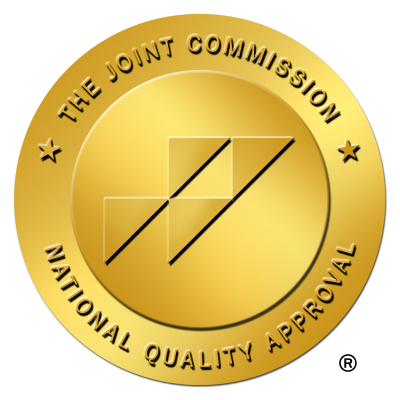Sober Living Homes and Their Impact on Long-Term Sobriety
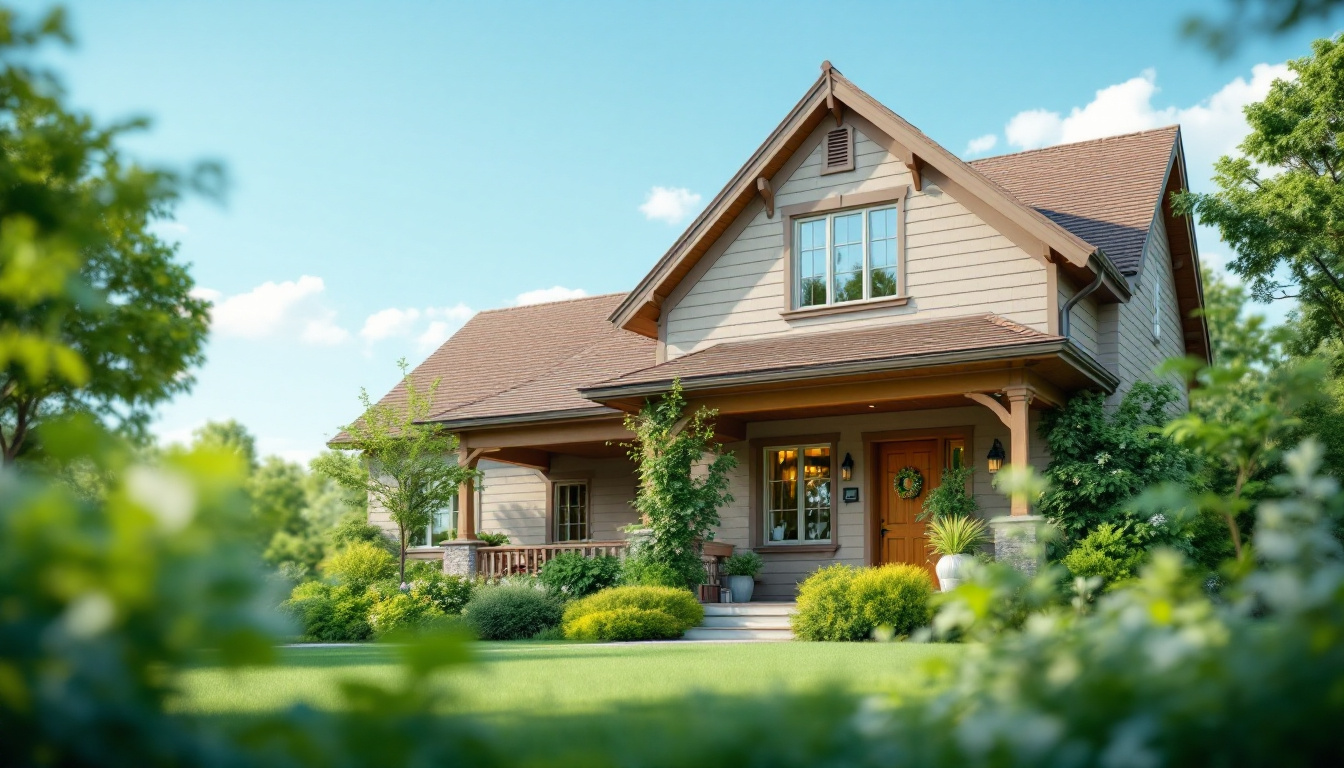
Understanding Sober Living Environments
Sober living homes serve as crucial transitional spaces for individuals seeking to maintain sobriety while re-integrating into everyday life. These environments do not replace formal treatment but provide a structured, supportive community that encourages recovery and personal growth. Their impact on long-term sobriety is significant, as they offer vital resources and support systems that are pivotal in promoting sustained recovery.
Defining Sober Living Homes
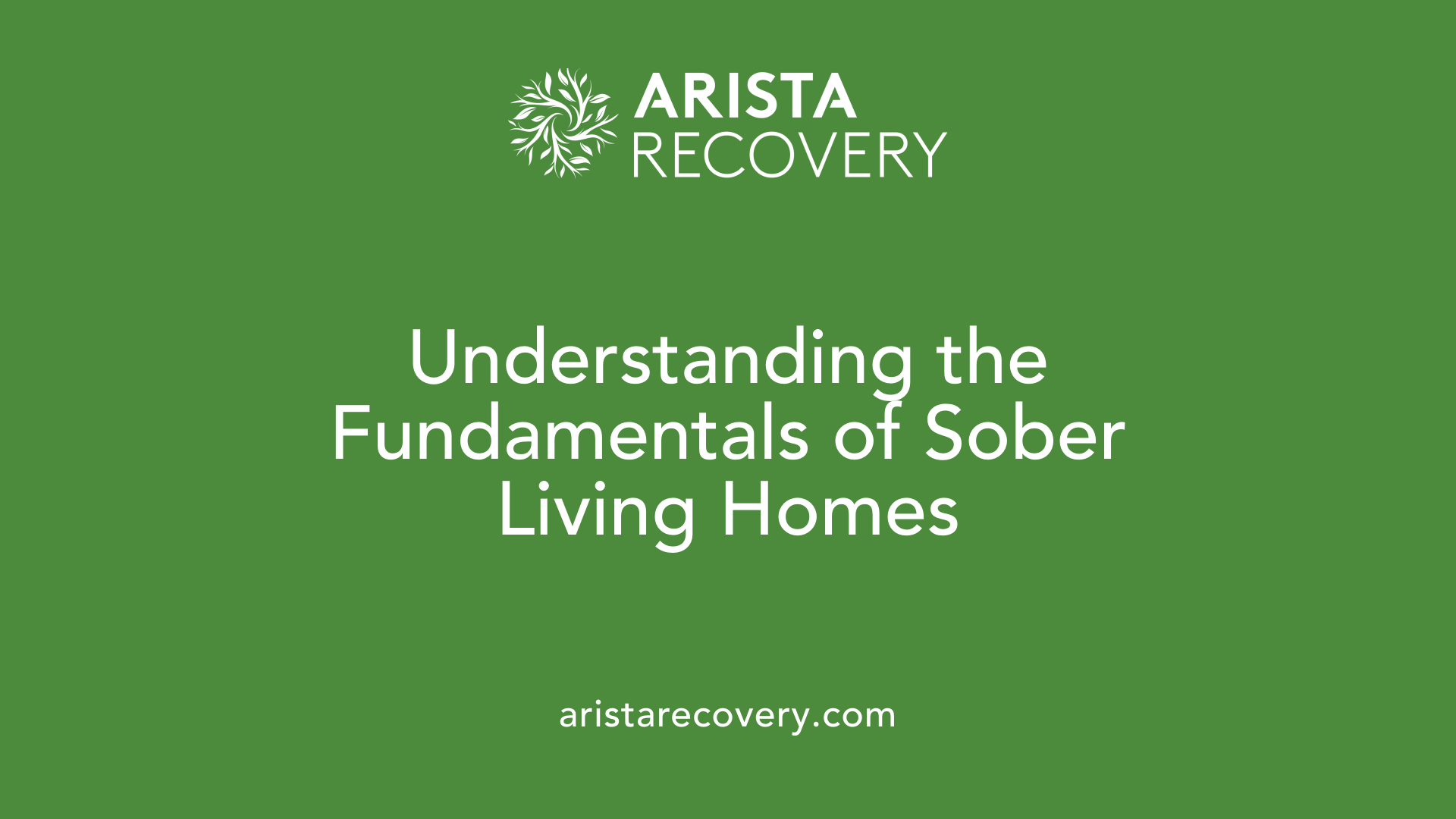
What is a sober living home?
A sober living home is a residential facility designed for adults recovering from substance use disorders. It offers a drug-free environment that supports their transition to independent living. These homes promote healthy recovery by providing a structured living atmosphere with clear rules and peer support, encouraging residents to stay sober and build positive routines.
Characteristics of sober living homes
Key features of sober living homes include:
- Structured Living Environment: Residents must follow house rules, which often require attendance at 12-step meetings and undergo regular drug screenings.
- Peer Support: A sense of community is fostered through shared experiences, meetings, and social activities that help residents connect with each other.
- Life Skills Development: Residents gain practical advice on budgeting, cooking, and job hunting, crucial for independent living post-recovery.
Levels of support and supervision
Sober living homes can be classified into four distinct levels:
| Level | Description | Support Type |
|---|---|---|
| Level 1 | Peer-run | Minimal supervision |
| Level 2 | Monitored with staff | Some professional support |
| Level 3 | Supervised with certified staff | Higher level of oversight |
| Level 4 | Clinical supervision with credentialed staff | Comprehensive support for residents |
Differences from halfway houses
While both sober living homes and halfway houses offer assistance for individuals transitioning from structured environments, they differ significantly. Halfway houses typically serve as transitional facilities for individuals coming from incarceration, while sober living homes are voluntary for those committed to recovery from substance abuse. Sober living homes focus extensively on establishing a supportive community that prioritizes sobriety and personal accountability.
Benefits of Sober Living Homes

What are the benefits and effectiveness of sober living homes?
Sober living homes offer individuals recovering from substance abuse a critical transitional environment post-treatment. Designed to be free from drugs and alcohol, these homes promote accountability while encouraging residents to participate in mutual support systems, thus contributing to positive recovery outcomes.
One of the most notable benefits of sober living homes is the improvement in abstinence rates among residents. Studies indicate that inmates have experienced enhanced abstinence, with rates reported as high as 68% at 6 months. Such environments allow for longer stays, which have been associated with positive factors like lower relapse rates and improved job prospects.
Role of peer support and 12-step programs
Peer support plays an essential role in the effectiveness of sober living homes. Residents often participate in 12-step programs that foster shared experiences and collective accountability, which are vital for maintaining sobriety. Involvement in these programs is a strong predictor of positive recovery outcomes, emphasizing the crucial nature of social support.
A supportive housemate relationship can significantly increase the likelihood of sustained sobriety. With 90% of residents achieving financial independence while living in sober homes, these communal frameworks not only address substance use but also enhance overall emotional wellbeing.
Comparison with self-managed recovery
In comparison to self-managed recovery, residents of sober living homes typically report better long-term recovery rates. Research shows that structured living environments yield an abstinence rate of 40-45% at 18 months, compared to only 25% for those who avoid transitional housing. This highlights the powerful role that sober living facilities play in bridging the gap between treatment and everyday life, reinforcing healthy living habits and sustained support essential for long-term recovery.
Operational Rules in Sober Living Houses
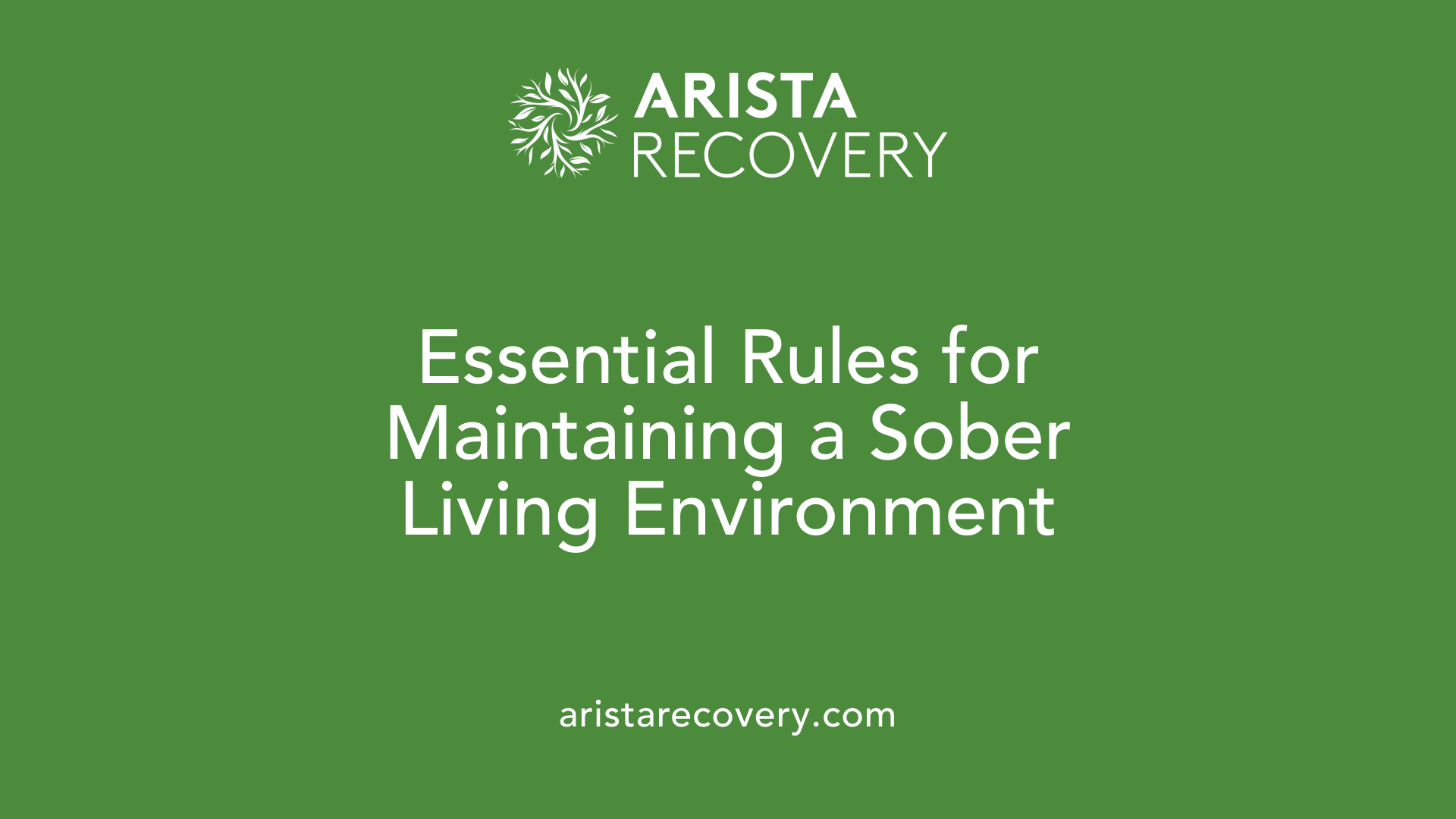
What are the rules in a sober living house?
Sober living houses operate under a comprehensive set of rules designed to maintain a safe and nurturing environment for those recovering from substance abuse. At the core of these rules is the absolute requirement for complete abstinence from drugs and alcohol. Any violation leads to immediate discharge from the house.
Residents must follow specific guidelines, which typically include:
- Curfews: Adhering to house curfews to promote stability.
- Interpersonal Conduct: Treating fellow residents with respect and maintaining a clean living space.
- Participation in Meetings: Attending a minimum of five sober support meetings each week and engaging in house meetings.
- Chores and Responsibilities: Completing assigned tasks to foster a sense of community and accountability.
- Medication Reporting: Informing the house manager about any prescribed medications.
- Visitor Policies: No overnight guests to ensure focus on recovery.
How are these rules enforced?
Enforcement of these rules is critical in maintaining order and safety. House managers oversee compliance, utilizing approaches such as:
- Regular Check-Ins: Ongoing communication regarding adherence to house norms.
- Wellness Checks: Random inspections to ensure cleanliness and compliance.
- Supportive Monitoring: Providing mentorship and support to help residents embrace their responsibilities.
What is the impact of these rules on recovery outcomes?
The structure provided by these rules significantly influences recovery outcomes. Adhering to guidelines fosters a sense of accountability and community, which are essential for sustained sobriety. Research shows that a well-structured sober living environment, with strict rules, correlates with lower relapse rates and better overall mental health among residents. By reinforcing positive behaviors and routines, these rules facilitate a supportive recovery network, which is crucial for individual success in sobriety.
Statistical Outcomes of Sober Living Homes
What statistics are available about sober living homes?
Statistics available about sober living homes (SLHs) highlight significant improvements in recovery outcomes. For instance, at Options Recovery Services, the 6-month abstinence rate rose from 11% at baseline to 68%, while at Clean and Sober Transitional Living, it improved from 20% to 40%. This trend indicates that residents not only find it easier to maintain sobriety but also thrive in their recovery environment.
What are the long-term sobriety statistics?
Extended stays at SLHs correlate with better long-term recovery. Research shows that residents' likelihood of maintaining sobriety is doubled compared to those who do not engage in structured living environments, demonstrating the effectiveness of supportive transitional spaces. Data reveals that approximately 40-45% of residents maintain complete abstinence at 18 months after their stay, far exceeding the 25% success rate for those managing recovery independently.
How do SLHs compare with non-sober living outcomes?
When comparing outcomes, sobriety residences significantly reduce relapse rates and improve employment metrics. For example, only 40-60% of individuals without structured support relapse, whereas residents in SLHs benefit from enhanced accountability and peer support, contributing to lower substance use and better psychiatric health. In summary, sober living homes provide a vital support network essential for preventing relapse and fostering long-term recovery.
Financial Aspects of Sober Living
Who pays for sober living homes?
Sober living homes typically require residents to cover their own expenses. Most insurance plans do not provide coverage for these residences, classifying them as non-essential treatment facilities. Although regulations like the Affordable Care Act aim to expand addiction treatment options, sober living remains outside this financial safety net.
Individuals commonly finance their stays using personal savings, employment income, or help from family and friends. In some cases, Medicaid might offer coverage in specific states, but availability and terms can vary significantly.
Insurance coverage and funding sources
Funding for sober living homes can also come from non-profit organizations and government assistance programs. Though some grants exist through the Department of Housing and Urban Development and other entities, these funds often do not meet the rising demand for recovery housing. Thus, residents frequently face financial responsibilities that can strain their budgets during vulnerable recovery phases.
Cost variations based on location and amenities
The cost of sober living can vary widely, typically ranging from $500 to $5,000 per month. Numerous factors influence these figures, including the home's geographical location, available amenities, and the level of support services offered.
The table below summarizes the costs and factors affecting sober living expenses:
| Location | Cost Range | Amenities and Services |
|---|---|---|
| Urban areas | $1,500 - $5,000 | Full amenities, support groups, organized activities |
| Suburban areas | $700 - $2,500 | Shared rooms, basic support, weekly meetings |
| Rural areas | $500 - $1,500 | Minimal amenities, peer-led support |
Understanding these financial aspects is crucial for individuals considering sober living as they navigate their recovery journey.
Cost Details and Economic Considerations
How much does sober living cost?
The cost of sober living can vary significantly, typically ranging from $450 to $10,000 per month. This variation depends on numerous factors, including location and the amenities provided. On average, monthly costs may hover around $884 to $1,040, with the median cost estimated to be $1,040.
Residents should also factor in potential upfront fees such as first and last month's rent, security deposits, and administrative fees that could inflate initial expenses. Additional monthly costs may arise from utilities, food, transportation, and personal care necessities. It's noteworthy that most health insurance policies do not cover sober living expenses, necessitating alternative funding methods.
Impact of costs on accessibility
With costs being a significant consideration, many individuals seeking recovery may find accessing sober living homes challenging. Although some options for financial assistance exist, including scholarships and work-for-reduced fee arrangements, the lack of widespread insurance coverage often limits accessibility for individuals in need. This raises concerns about equity, as many potential residents may opt out of these supportive environments due to financial constraints.
Long-term financial benefits for residents
Despite the financial burden of sober living homes, residents often experience substantial long-term benefits. Extended residence in these structured environments correlates with increased sobriety rates, improved mental health, and higher employment prospects. With approximately 90% of residents achieving financial independence, the investment in sober living can lead to stable and sustainable recovery outcomes, ultimately saving costs associated with relapse, legal issues, and healthcare. The benefits of investing in sober living extend beyond immediate costs, supporting lasting change and independence for individuals in recovery.
Establishing a Sober Living Home
How can one start a sober living home?
Starting a sober living home is a multifaceted process requiring careful consideration and planning. Here are the crucial steps to follow:
Conduct a Feasibility Study
- Assess the local demand for sober living options.
- Identify the target demographic, such as individuals transitioning from treatment or those needing structured support.
Understand Legal Requirements
- Research zoning laws and regulations in your area to ensure compliance.
- Familiarize yourself with state and local health regulations, which might impact the home's operations.
Develop a Business Plan
- Outline your vision, mission, and operational blueprint.
- Include budgeting for startup costs, ongoing expenses, and revenue projections.
Select a Suitable Property
- Look for properties that are spacious enough to accommodate residents comfortably.
- Ensure the location is conducive to recovery, ideally within a community that offers access to recovery resources.
Hire Qualified Staff
- Employ staff with experience in addiction recovery, mental health, or social work to provide guidance and support.
- Train staff on the specific needs of residents and the expectations of the sober living environment.
Establish Clear House Rules
- Develop structured policies that promote responsibility and accountability.
- Rules may include regular attendance at support group meetings and drug screening protocols.
Foster Partnerships
- Collaborate with local treatment centers to create referral systems and access additional resources for residents.
Create a Supportive Environment
- Encourage peer support through house meetings and networking opportunities to build community.
- Integrate life skills training, such as budgeting and cooking workshops, to prepare residents for independent living.
A well-planned sober living home can significantly improve residents' recovery outcomes by providing a stable and supportive environment.
Comparative Analysis: Sober Living vs. Halfway Houses
Environmental and Support Differences
Sober living homes (SLHs) and halfway houses play vital yet distinct roles in the recovery process. SLHs focus on providing a supportive and structured environment free from drugs and alcohol. They encourage shared experiences among residents, fostering accountability and peer support essential for recovery. In contrast, halfway houses often face criticism due to their restrictive settings, with reports of violence and unsatisfactory living conditions. This sometimes leads to a more prison-like atmosphere that can be counterproductive to recovery efforts.
Outcomes for Different Resident Types
Research shows that residents in sober living homes experience significantly lower relapse rates compared to those in halfway houses. For instance, studies indicate that individuals who stay in SLHs enjoy long-term recovery benefits, evidenced by improved employment prospects and reduced legal issues. On the other hand, halfway houses primarily focus on minimizing recidivism, achieving only slight reductions in rates for certain groups such as those battling alcohol addiction.
Which Setting is More Effective for Different Recovery Needs?
Effectiveness largely depends on individual recovery needs. While halfway houses may suffice for individuals facing immediate legal issues or those transitioning from incarceration, sober living homes offer a more comprehensive approach for those seeking sustained sobriety. SLH residents benefit from longer stays, structured environments, and access to support resources, which collectively achieve better outcomes in terms of addiction recovery. Thus, for individuals aiming to build solid foundations for long-term sobriety, sober living homes are generally seen as the more effective choice.
Challenges Faced by Sober Living Homes
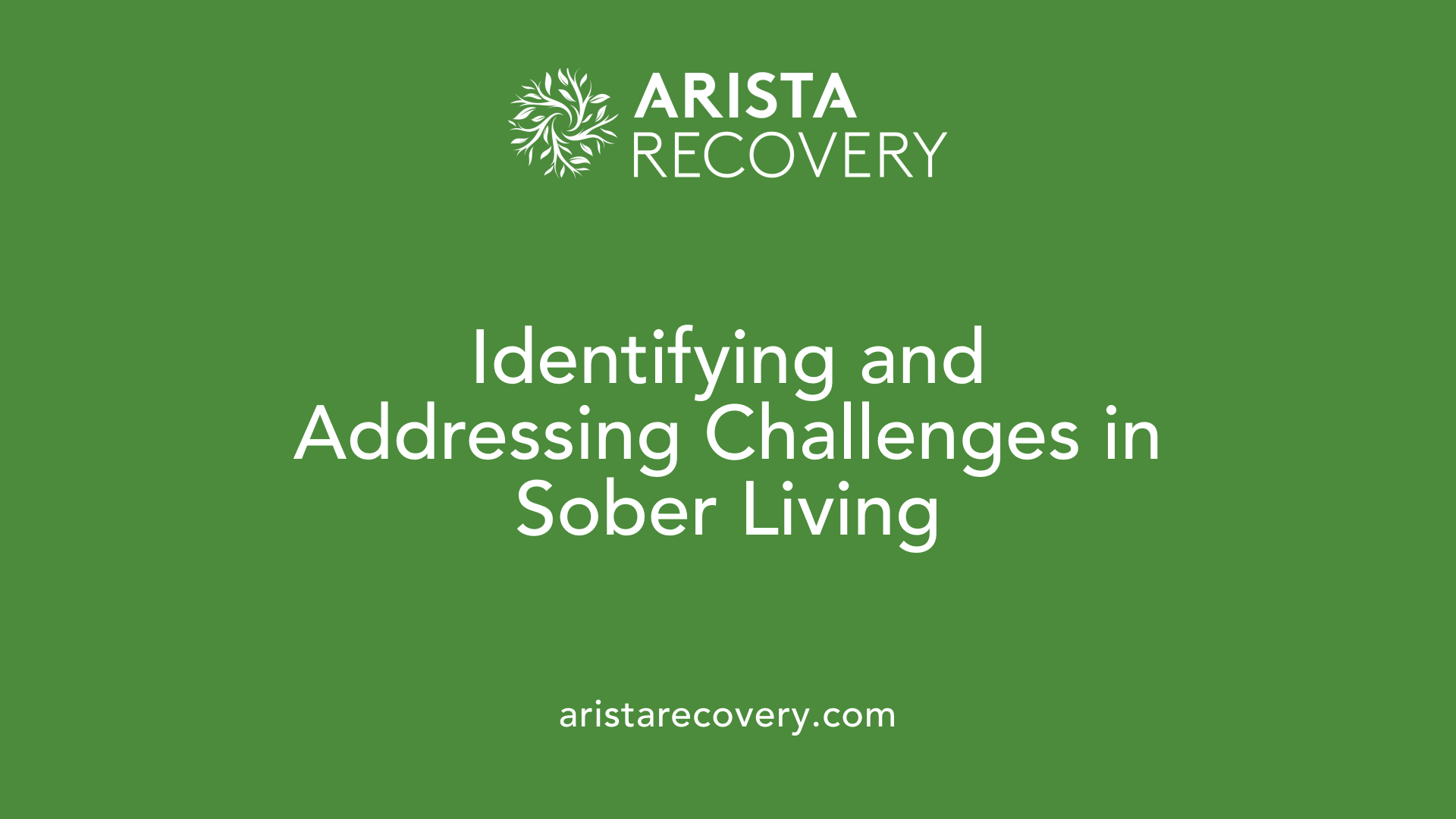
What are the problems with sober living homes?
Sober living homes can encounter various challenges that impact their effectiveness and residents' recovery journeys.
Lack of Structured Treatment Services
Many sober living homes lack formal treatment programs, relying heavily on informal peer support. This absence of structured services may affect a resident’s ability to effectively handle triggers and maintain long-term sobriety.
Inconsistent House Rules
Each sober living home often implements its own set of rules. Variability in policies can confuse residents and hinder their ability to establish a clear and consistent recovery path. Without uniform standards, outcomes may suffer from differing levels of accountability and support.
Negative Peer Influences
In environments where some residents may not be fully committed to recovery, negative influences can emerge. This undermines the supportive atmosphere that sober living homes strive to provide, making it more challenging for dedicated individuals to maintain their sobriety.
Management and Operational Challenges
Several sober living homes struggle with poor management and operational conditions. Inadequate emergency preparedness can put residents at risk, detracting from their safety and overall experience. Additionally, many homes operate without the necessary regulation, which can result in exploitation and increased crime rates around the neighborhoods where these homes are located.
Addressing these issues is crucial for ensuring sober living homes can provide the safe, supportive environments necessary for individuals in recovery.
Length of Stay and Its Impact on Recovery
Correlation Between Duration of Stay and Recovery Outcomes
Research clearly indicates that the length of time a person spends in sober living homes is closely linked to their recovery outcomes. Studies show that individuals who reside in these homes for longer durations experience significantly lower relapse rates and enhanced mental health. For example, the abstinence rates at sober living homes increase with longer stay durations, with outcomes showing improved metrics over time.
Average Stay Durations
Most residents in sober living homes tend to stay longer than the typically recommended 90 days, with averages ranging from 166 to 254 days across various facilities. According to the Journal of Psychoactive Drugs, staying beyond this initial period correlates positively with employment stability, lower substance-related issues, and overall success in recovery.
Importance of Extended Residence
Extended residence in sober living facilities is vital for reinforcing recovery habits and coping strategies learned during treatment. Those who remain in sober living homes develop a strong foundation for lifelong sobriety, as evidenced by lower relapse rates compared to those who transition directly to independent living. By providing a structured environment longer, residents learn essential life skills and improve their accountability, which supports long-term recovery goals.
Recovery Support and Community Dynamics in Sober Living
Role of Shared Experiences and Mutual Support
Sober living homes promote a sense of community where shared experiences play a crucial role in recovery. Residents support one another through challenges, thereby reinforcing their commitment to sobriety. This environment fosters mutual understanding and empathy, vital components for navigating the complexities of addiction recovery.
Importance of Community and Peer Relationships
The peer relationships formed in sober living homes significantly enhance the rehabilitation process. Residents often learn from each other’s journeys, participating in house meetings and activities that strengthen bonds. With about 90% of residents developing a financial independence plan, these relationships go beyond emotional support; they often lead to practical assistance in areas such as job hunting and life skills development.
Development of Long-term Support Networks
In sober living homes, connections can thrive into long-term support networks critical for sustained sobriety. The structured environment not only removes substance exposure but also helps individuals practice accountability. The emphasis on community engagement cultivates friendships that can last well into recovery, providing a safety net for residents. Peer mentorship, where seasoned residents guide newcomers, fosters a culture of growth and responsibility, essential for ongoing success in sobriety.
This combined focus on shared recovery experiences, community ties, and enduring support networks creates an effective framework for reducing relapse and enhancing the quality of life for individuals in recovery.
Personal Growth and Skill Development
Life skills gained in sober living homes
Residents of sober living homes have the opportunity to develop essential life skills that are critical for maintaining sobriety and preparing for independent living. These skills include budgeting, meal preparation, and time management. By practicing these activities in a supportive environment, individuals learn how to manage their daily responsibilities, contributing to their overall recovery.
Preparation for independent living
Sober living homes serve as a transitional space that helps residents ease back into everyday life. With structured routines and accountability, residents can gradually adjust to normal responsibilities. This careful approach reduces anxiety and provides them with the confidence needed to tackle real-world challenges, from job hunting to personal finances.
Long-lasting personal development
The peer support model in sober living homes fosters an environment where individuals can learn from one another. This mentorship not only enhances recovery skills but also promotes long-lasting personal development. Residents often build lasting connections and support networks, which continue to be beneficial even after they leave the sober living environment. This kind of personal growth is vital for sustaining sobriety and achieving self-sufficiency.
The Transformative Potential of Sober Living Homes
Sober living homes stand as powerful facilitators of long-term recovery for individuals overcoming substance use disorders. By offering structured, substance-free environments full of peer support, they create spaces where residents can learn valuable life skills, develop a strong sober network, and lay the foundation for enduring sobriety. Though challenges exist, the benefits of sober living homes are extensive, greatly enhancing the likelihood of sustained recovery and successful reintegration into society.
References
- What Did We Learn from Our Study on Sober Living Houses and ...
- Statistics on Sober Living | Real Recovery
- The Role of Sober Living Homes in Recovery
- How Structured Environments Promote Long Term Sobriety
- What Is A Sober Living Home? - Addiction Center
- The Benefits of Sober Living - New Hope Ranch
- Length of Stay at a Sober Living Home - American Addiction Centers
- A Clean and Sober Place to Live: Philosophy, Structure, and ...
You’re not alone in this.
When mental health challenges and addiction intersect, it can feel isolating. At Arista, we offer compassionate, evidence-based, and trauma-informed care to help you heal, grow, and move forward.
Support that moves with you.
You’ve taken a brave first step. At Arista Recovery, we’re here to help you continue with best-in-class care designed for long-term healing and support.
.webp)






